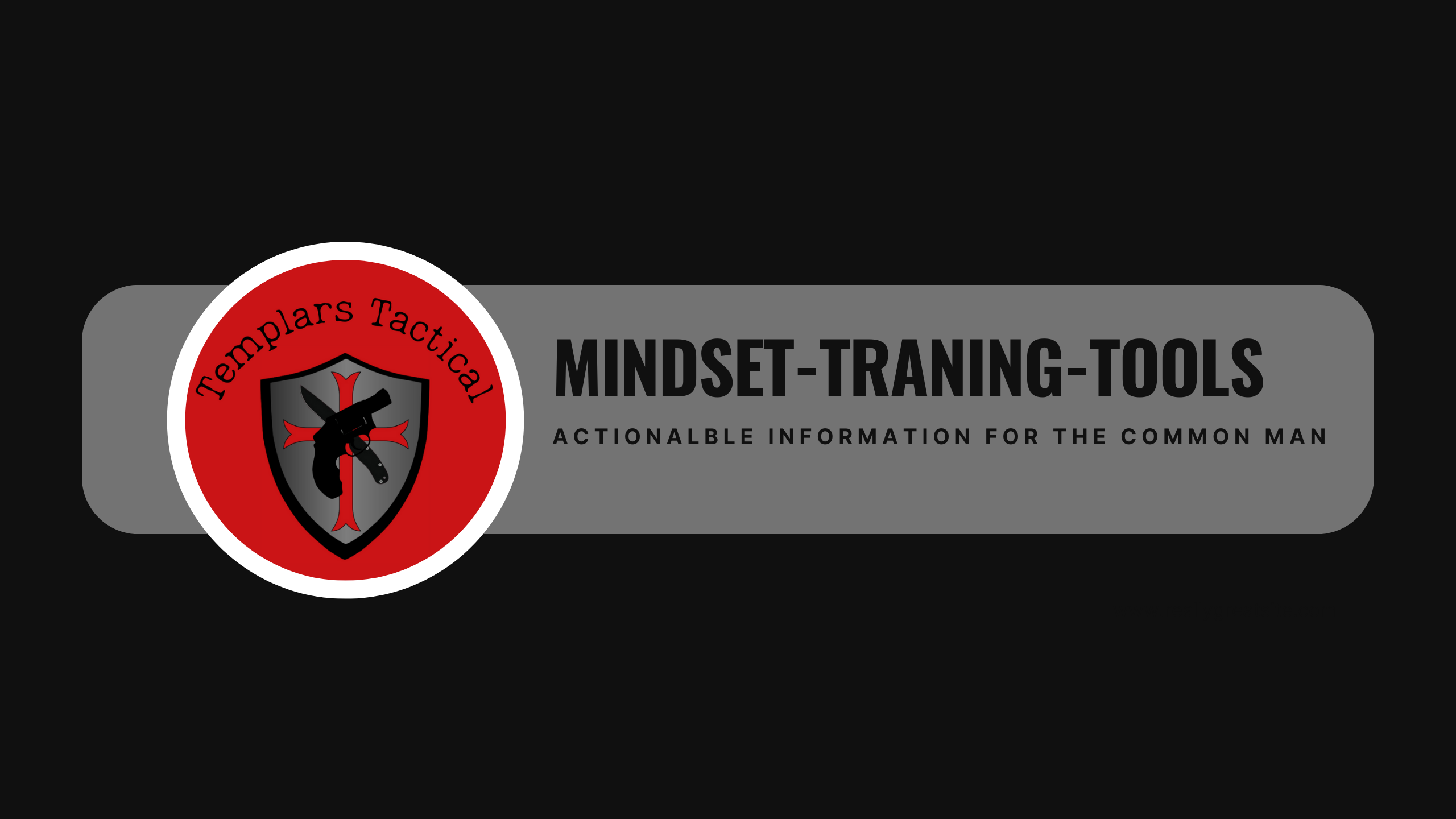
Almost 20 years ago, I coined the term Combative Anatomy—the study of incapacitating an attacker during a violent confrontation. Since then, as a street cop, bouncer, and DOD Combat Skills Instructor I’ve conducted further research and developed new insights on the subject.
Defining Incapacitation
For our purposes, incapacitation means rendering an attacker physically unable to continue their assault. Because most initial defensive actions—whether against armed or unarmed threats—are likely to involve open-hand techniques, we cannot rely on pain compliance. Factors such as drug use, alcohol, or sheer determination may dull pain responses. Instead, our defenses must target the mechanics of an attack rather than the method—for example, destroying the elbow of the arm wielding a knife rather than attempting to disarm the weapon itself.
Regardless of whether you are defending yourself with empty hands, a stick, a firearm, or another weapon, there are only two ways to cause trauma to an attacker:
- Cutting (penetrating the skin)
- Crushing (blunt force impact)
From a functional perspective, the hierarchy of incapacitation is as follows:
- Central Nervous System (CNS) – Disrupting the brain or spinal cord results in immediate incapacitation.
- Skeletal System – Breaking or destroying structural integrity (e.g., elbow, knee) prevents effective movement.
- Muscular System – Disrupting muscle function impairs an attacker’s ability to continue aggression.
- Circulatory System – Although potentially fatal, blood loss is typically the slowest method of stopping an attack.
It’s worth noting that circulatory trauma, while often lethal, is rarely the fastest means of achieving immediate incapacitation. With the exception of choking, targeting the circulatory system is not a viable strategy with personal or impact weapons.
Targeting High-Value Areas
Rather than relying on specific techniques or “secret moves,” it’s more effective to focus on anatomically vulnerable areas that are likely to be exposed during a real-world altercation. The primary targets are:
- Head – Controls decision-making and motor function.
- Elbow – The key joint for open-hand and weapon-based attacks.
- Knee – Crucial for balance, movement, and structural integrity.
To mitigate the risk of missing a target, redundancy is key. In most real-world encounters, all three of these targets are naturally exposed, allowing for sequential or simultaneous attacks.
For example, if an attacker swings a tire iron and you evade to the outside:
- Strike the weapon-side elbow at the insertion point of the tricep with your palm or elbow to disable their grip.
- Smash their knee with your own to destabilize their base.
- Pull them backward, causing their head to impact a wall or vehicle.
This strategy applies whether facing open-hand or weapon-based threats. A simple slap to the head can effectively disrupt the central nervous system, reinforcing the principle that CNS disruption should be the primary goal—even if it’s not the first point of attack.
By employing these principles, an effective open-hand response can potentially prevent escalation to mechanical or deadly force. However, due to the effectiveness of these techniques, training partners must exercise caution—hyperextended knees and elbows are common, and protective headgear is recommended. Clear communication during training is essential.
Combative Anatomy and Edged Weapons
Applying Combative Anatomy to edged weapons requires a shift in focus: our goal should not be to kill an attacker eventually but to stop them immediately. The ongoing debate over stabbing vs. cutting is crucial in this context.
Since targeting the central nervous system with a knife is impractical, we must focus on the most effective ways to disrupt the circulatory system. Many skilled knife users prefer stabbing, believing they will be able to execute precise thrusts even under attack. However, based on my research, most people—whether novices or experienced knifers—tend to slash when defending themselves, especially while retreating under pressure.
This is critical because the vast majority of individuals carrying a knife for self-defense have little to no formal training. If they ever need to use their knife, it will likely be in response to an attack rather than as a premeditated offensive action.
Consider the dynamics of hunting: when a deer is shot—whether with a shotgun, rifle, or bow—it often experiences a moment of shock before bolting away. Even with severe circulatory trauma, adrenaline and muscular function allow the animal to flee before succumbing. This demonstrates why targeting the circulatory system alone is insufficient for immediate incapacitation.
In hunting, head and skeletal shots are avoided due to sportsmanship or trophy considerations. In self-defense, however, our priority is the opposite—stopping an attacker as quickly as possible.
The Case for Inverted Edge Tactics (IET)
These findings reinforce my belief that Inverted Edge Tactics (IET) offer the most effective defensive knife techniques.
- Controlled Targeting: The inverted grip discourages wild, inefficient swings that waste motion and energy. Instead, it naturally aligns with the body’s structural weaknesses.
- Redundant Trauma: Arteries and nerves run along muscle contours like a wiring harness. Slashing with an inverted edge increases the likelihood of severing multiple systems at once—circulatory, muscular, and neurological.
When developing a defensive strategy, we must consider how humans respond under stress, the positions we are most likely to find ourselves in, and how to formulate repeatable tactics that stop attacks as quickly as possible.
By integrating these principles, Combative Anatomy continues to evolve as a practical, adaptable approach to real-world self-defense.



